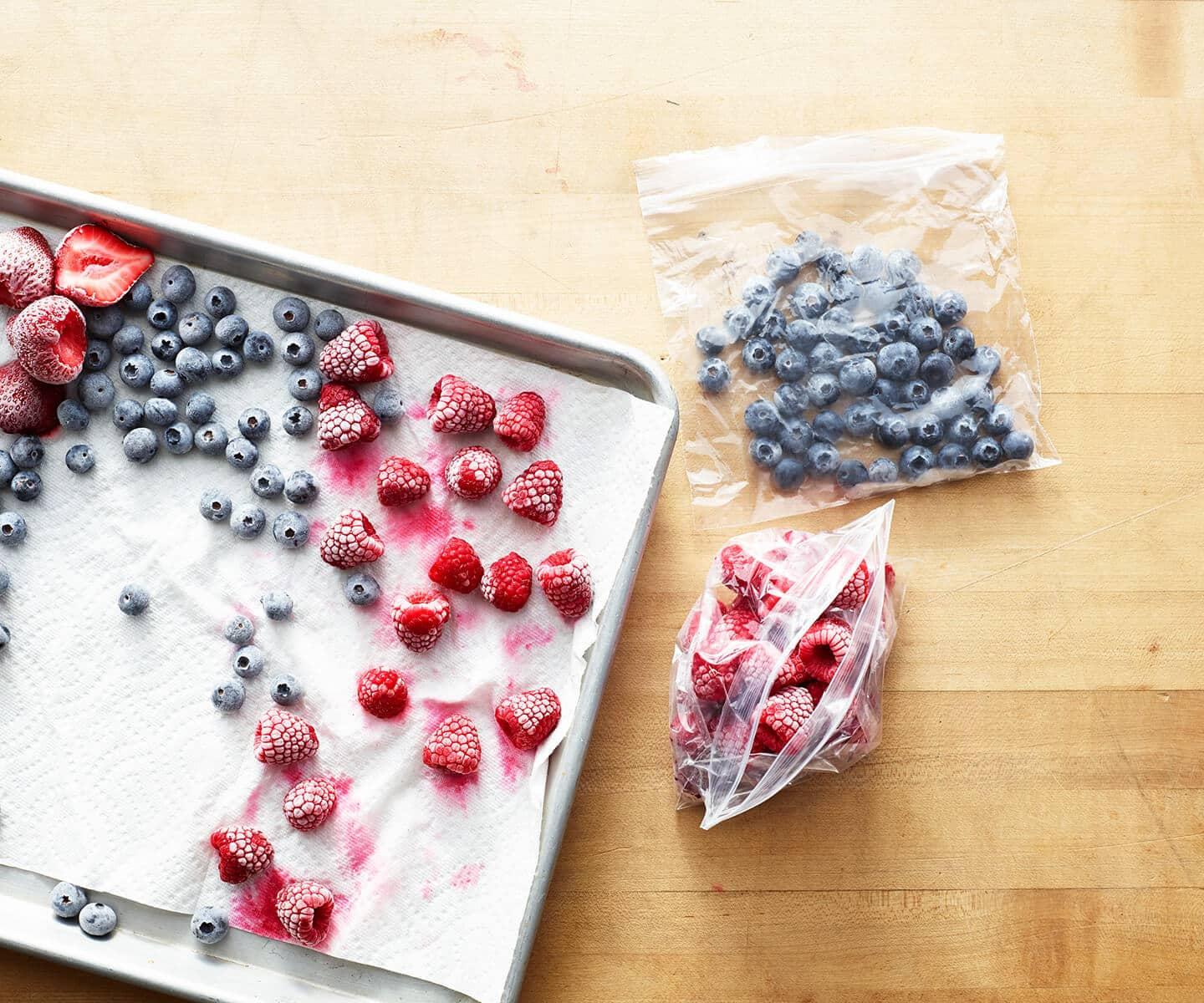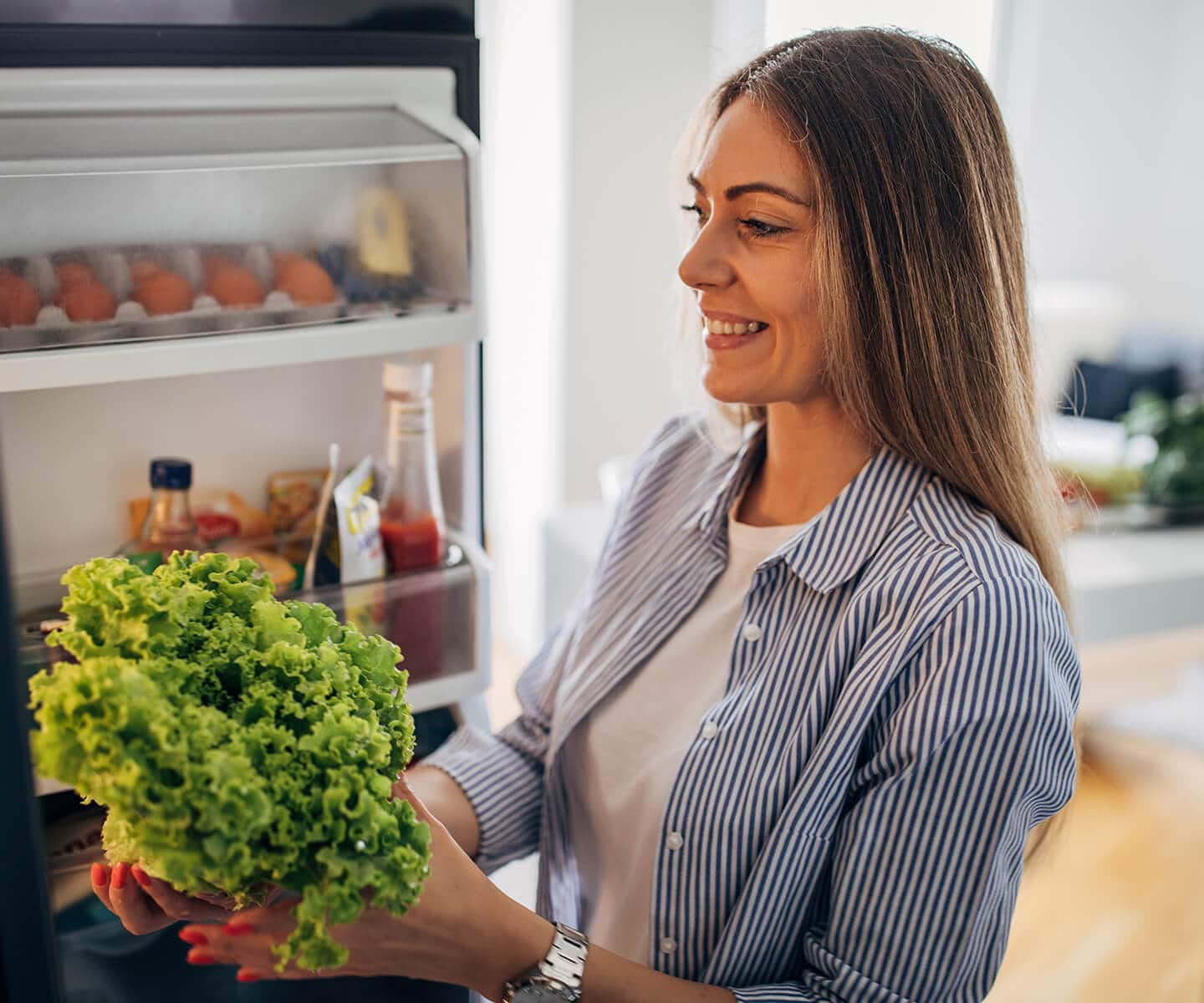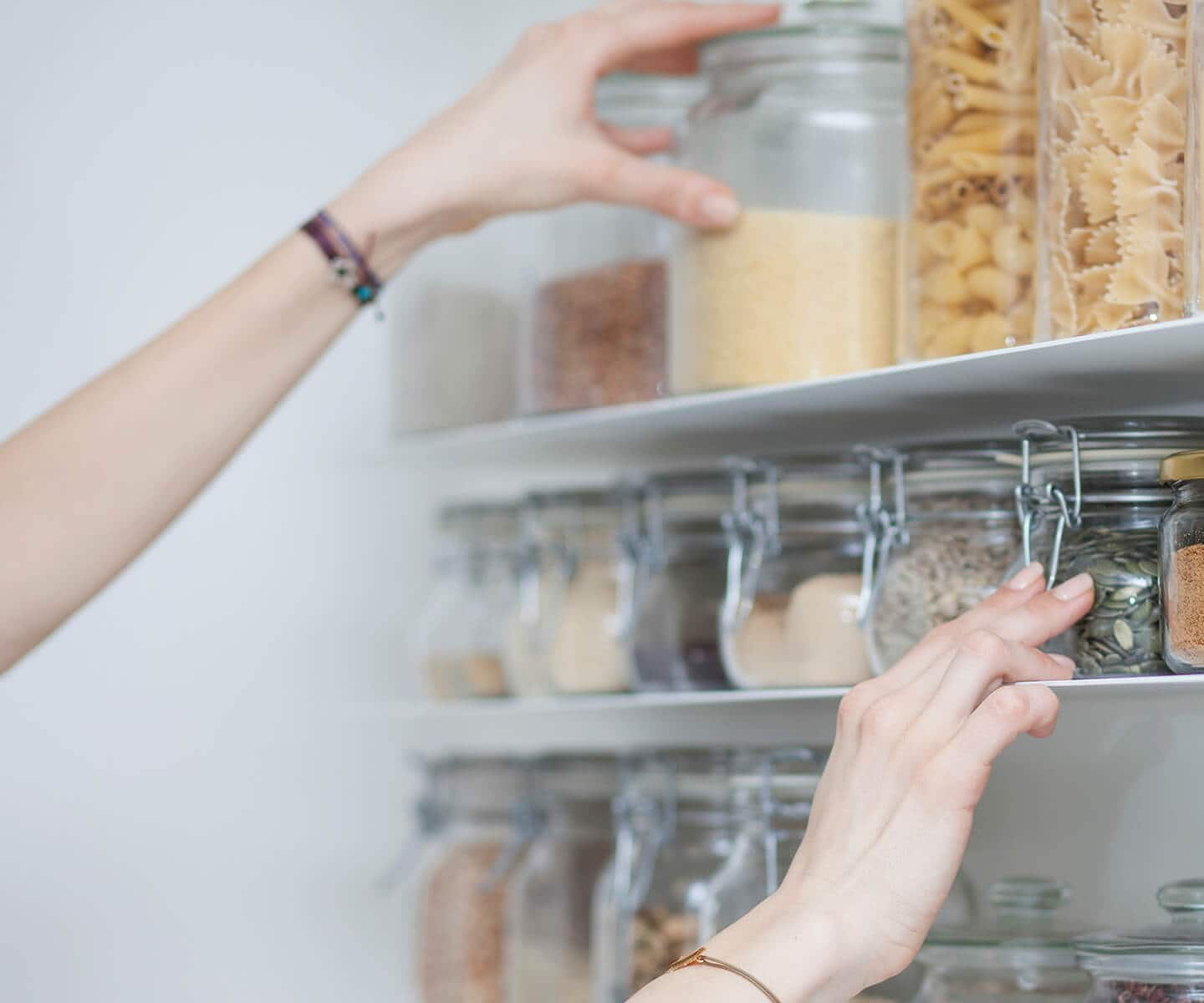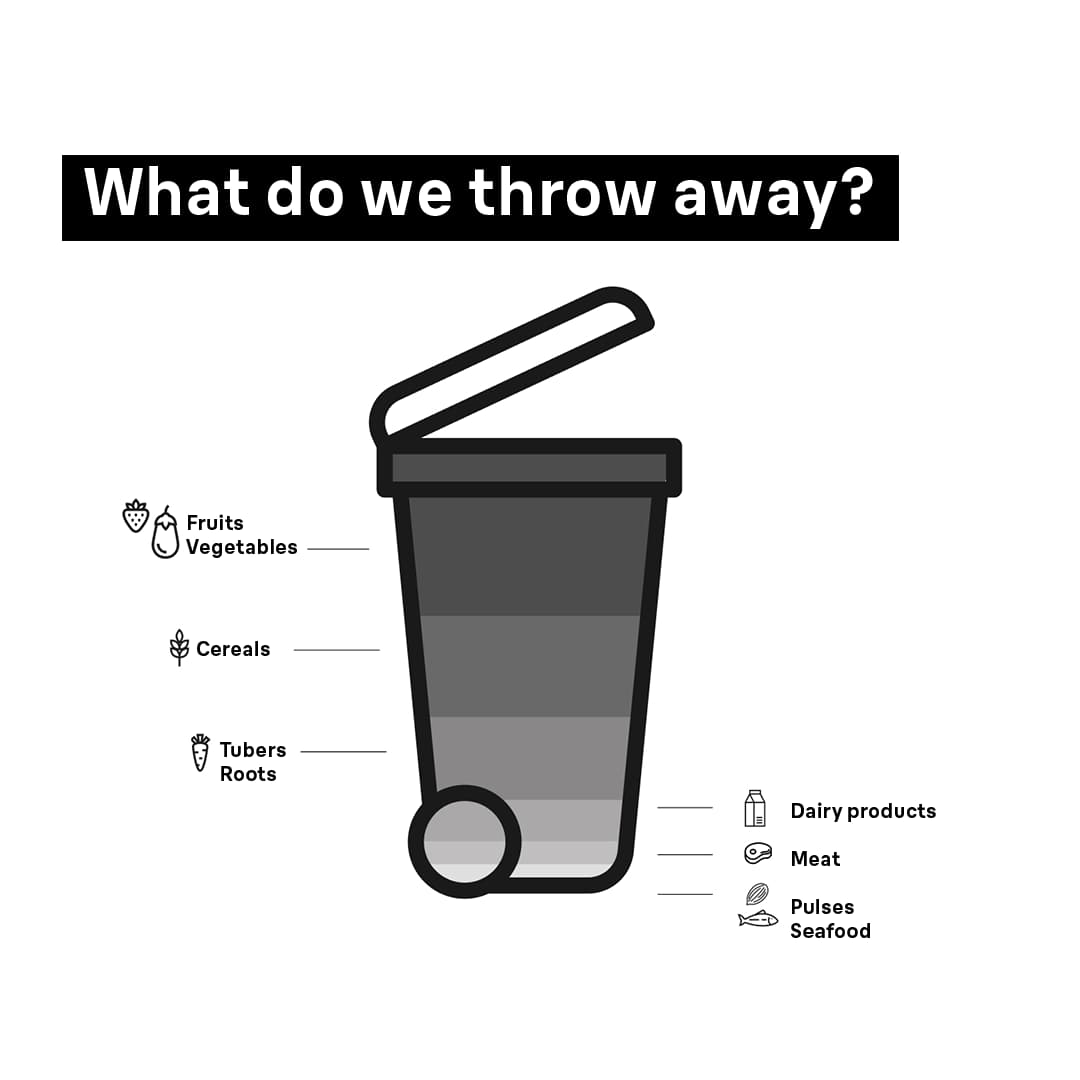Kitchen Appliances
Get inspired

Braun MultiQuick System
The world’s largest attachment system* for unlimited versatility.






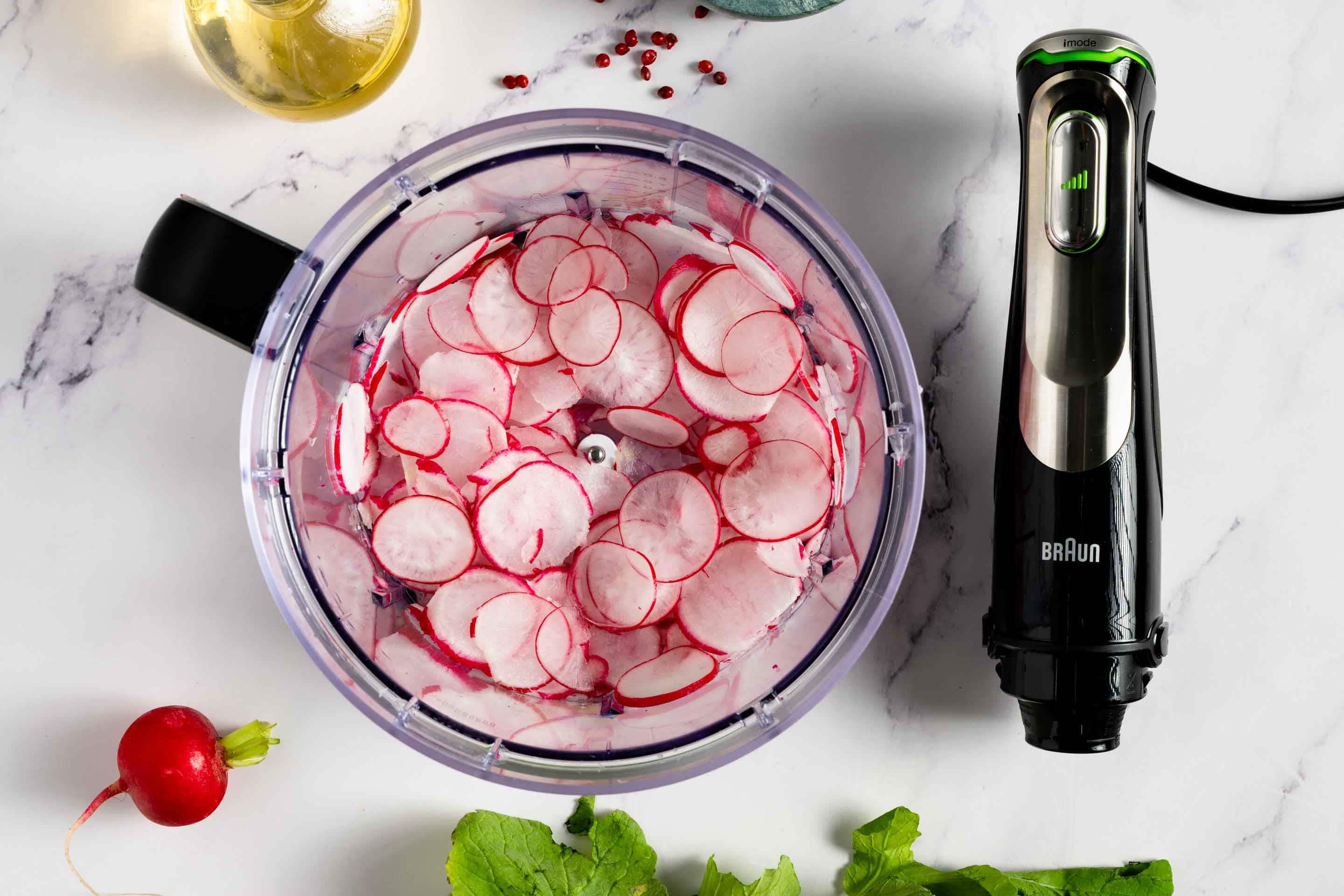

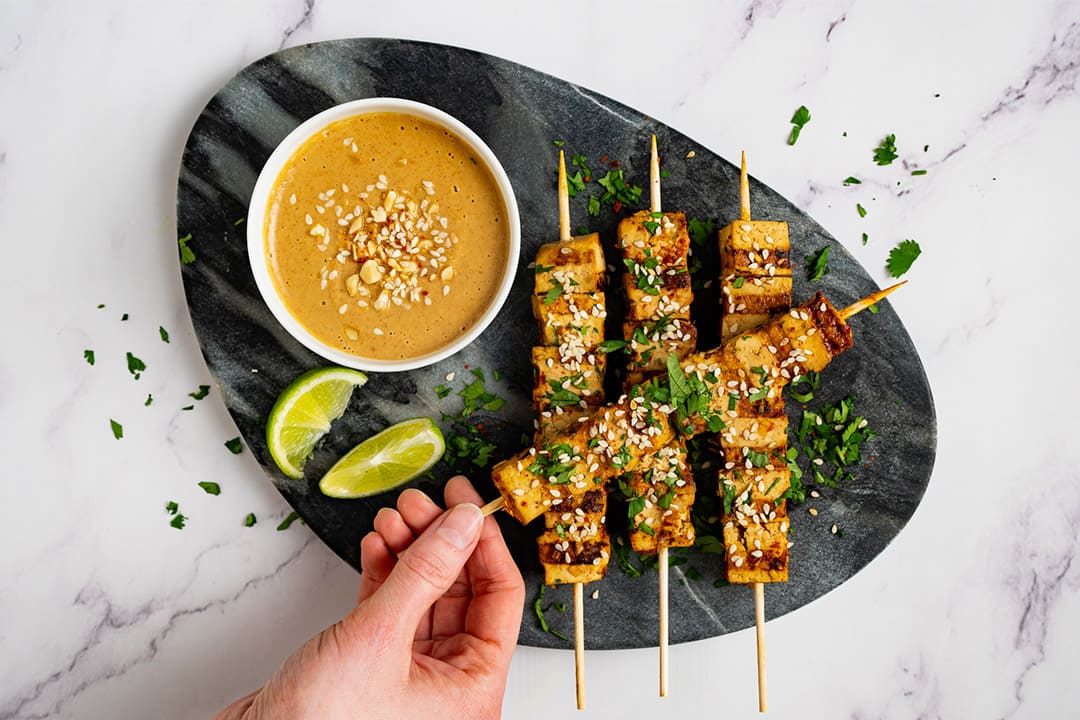
Country preference? Choose the preferred country to view local content and get a better experience.
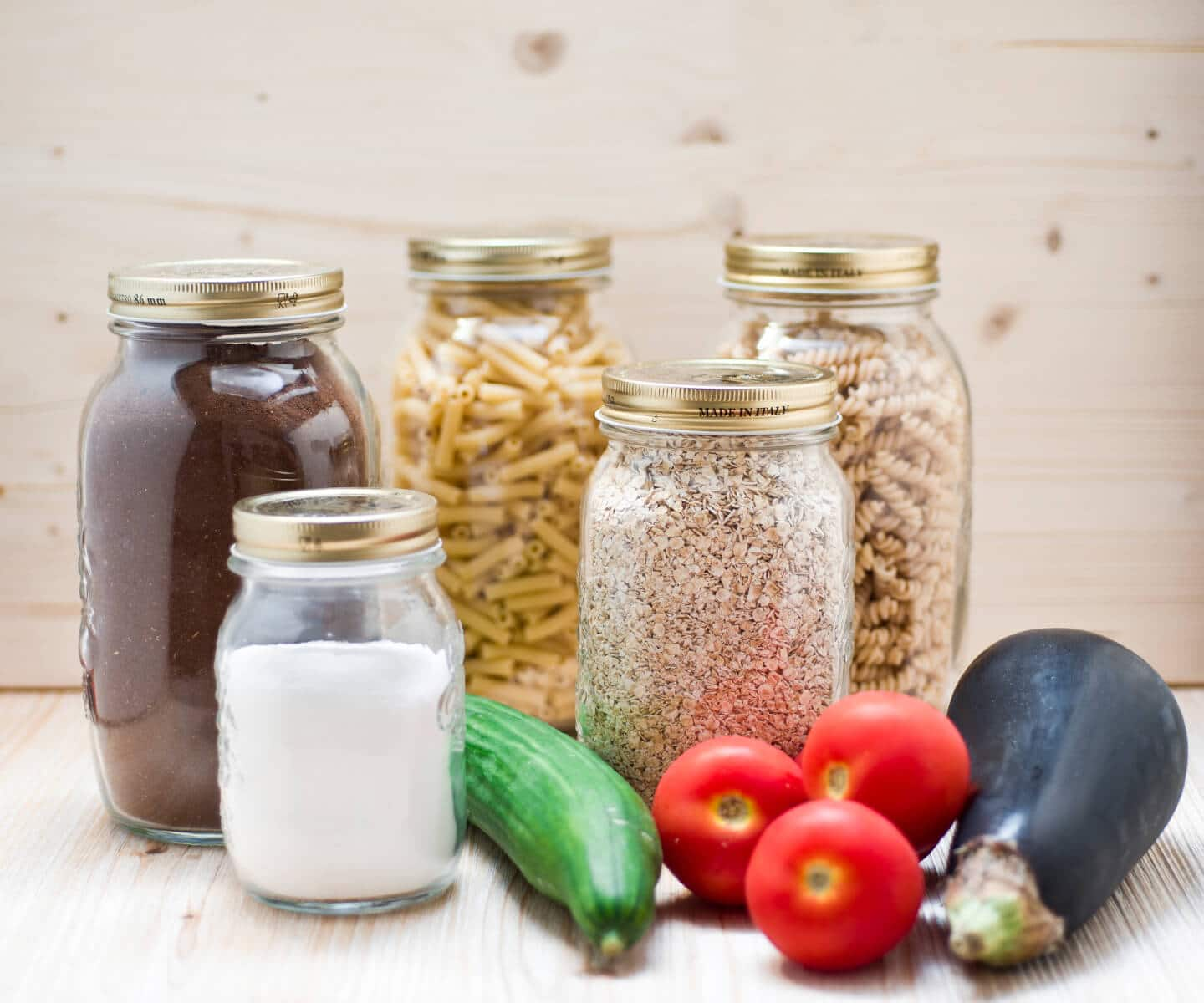
Before you get your shopping home and start to put it all away in the right place, making sure that everything is suitably hygienic and chilled starts in the supermarket. Key points to remember:
